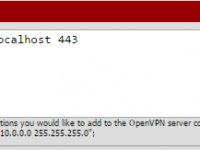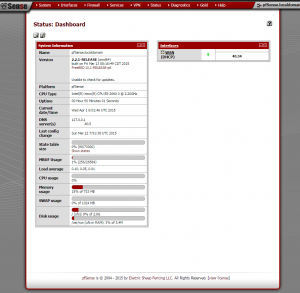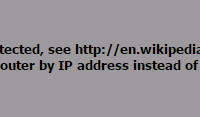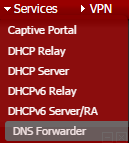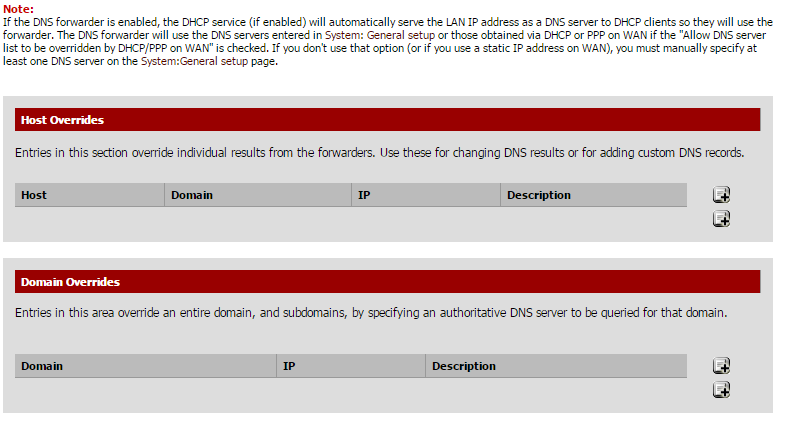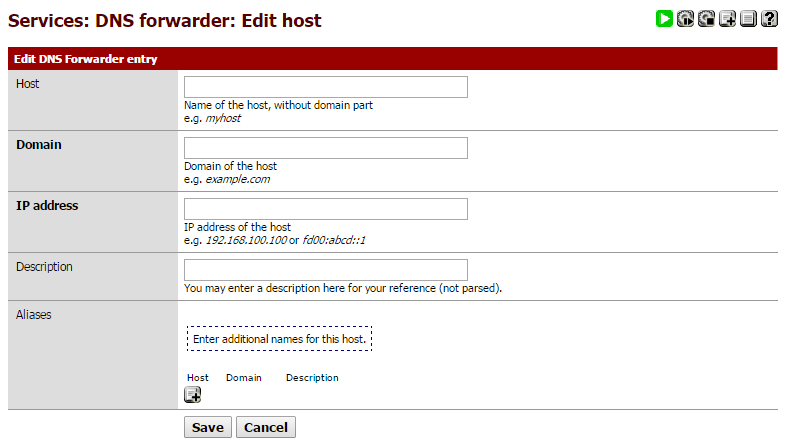I would like to share with you my learning path achieving this certification. In order to achieve Microsoft Certified: Azure Solutions Architect Expert, you have to pass two exams: AZ-300 and AZ-301.
AZ-300 Microsoft Azure Architect Technologies
A great way to start is with Scott Duffy’s course on Udemy: AZ-300 Azure Architecture Technologies Certification Exam
Now is time to dig deeper in to each topic. For the purpose you can either go through this list: Updated: Study resources for the AZ-300 Microsoft Azure Architect Technologies exam or this one Azure Architect AZ-300 Exam. The latter is much more detailed.
AZ-301 Microsoft Azure Architect Design
Soon there will be a video course from Scott Duffy for this course too. Until than you can start with this list: Updated: Study resources for the AZ-301 Microsoft Azure Architect Design exam.
If you have PluralSight subscription there is a large collection of courses Here.
Before going to exam you absolutely have to do practice! Working with the real production technology has no substitutes. So hit the labs. My favorites are on the new Microsoft Learn platform. Check this list of learning paths specially tailored for Azure Architects. I’ve done them all and could say the are well written and the hands on labs are pretty good.
Microsoft Learn – Solution Architect
As alternative to Learn you can check these two locations for other Labs:
Azure Citadel
Microsoft Hands-On Labs


